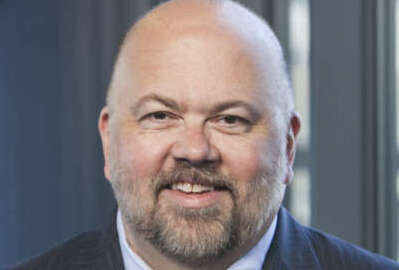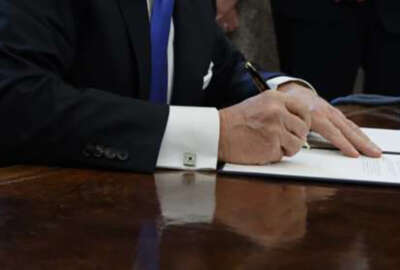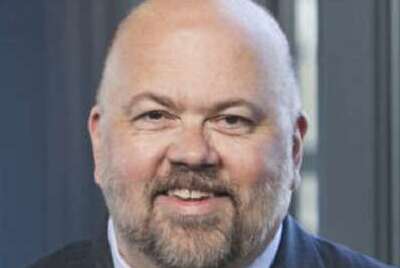
Staffing a new administration? Worry about Senate-confirmed jobs later
Four years ago, commentator Jeff Neal suggested whoever won the election should focus not just on the top-level jobs, but also to look to the jobs in the middle of...
Politico reported yesterday that President-elect Joe Biden’s team is focused on filling jobs that do not require Senate confirmation. Four years ago, I suggested whoever won the election should focus not just on the top-level jobs, but also to look to the jobs in the middle of organizations as a way to jump-start the administration’s work.
A lot of people told me the idea would not work — that incoming agency heads would want a say in all of the political jobs in their departments and agencies.
That may be true, but we know the Senate confirmation process has been a challenge for years. That means President-elect Biden may not get the top positions in many agencies filled for months. If he waits until those appointments are completed to get to the next level of positions, the ones that do not require Senate confirmation, it will be late in 2021 when those folks start rolling into agencies. Many people will say that is just the way it is, and that filling from the top down is the way to go. I disagreed four years ago and and certainly disagree now.
I was appointed as chief human capital officer at the Department of Homeland Security in May 2009. The Obama/Biden administration had begun four months earlier. During that time, a number of HR decisions had been made at DHS that I would have handled in far different ways, including critical pay-setting determinations for appointees. We spent months working to correct problems that were created because the department did not have its chief human capital officer in place. The job was a political appointment that did not require confirmation.
Much of the work that is done in a new administration is assigned to appointees who do not require Senate confirmation. They include presidential appointments and non-career Senior Executive Service. The 2016 version of the Plum Book shows about 1,300 such positions. When you remove the presidentially appointed positions that are members of boards and commissions, you still have close to 1,000 critical jobs that can be filled quickly and without Senate confirmation, including 750 non-career SES and hundreds of appointed positions. They lead essential programs, formulate policy, and play a critical role in the day-to-day interagency processes that make government work. Those jobs can be filled while the more senior Senate-confirmed jobs are in process.
That does not mean agency heads will have no voice in appointees in their agencies, but it does mean some of their direct reports will not have a say in who is in their organizations. For example, the secretary of a department is not the only Senate-confirmed job. There are also deputy secretaries, under secretaries, and assistant secretaries. Most of those require Senate confirmation, and many of them will think they should have a say in selection of appointees in their organizations. If the most important goal is making them happy, then they are right. If the most important goal is getting moving on the administration’s priorities, for most positions they are wrong.
I believe the incoming administration should identify jobs that influence the president-elect’s priorities and do not require Senate confirmation and work to get them filled as soon as possible. Those jobs include some assistant secretaries that no longer require confirmation and many other senior jobs. They can start work on the administration’s priorities quickly. It is possible to have a significant number, maybe even hundreds of selected and appointed on or soon after Jan. 20, 2021. By staffing with a focus on getting people in place who can deliver results quickly, they can avoid the lengthy startup process most administrations go through. Given how many challenges the president-elect will face on day one, having a wide range of positions filled could make a tremendous difference, and it is a sound approach.
Jeff Neal authors the blog ChiefHRO.com and was previously the chief human capital officer at the Department of Homeland Security and the chief human resources officer at the Defense Logistics Agency.
Copyright © 2025 Federal News Network. All rights reserved. This website is not intended for users located within the European Economic Area.
Related Stories





